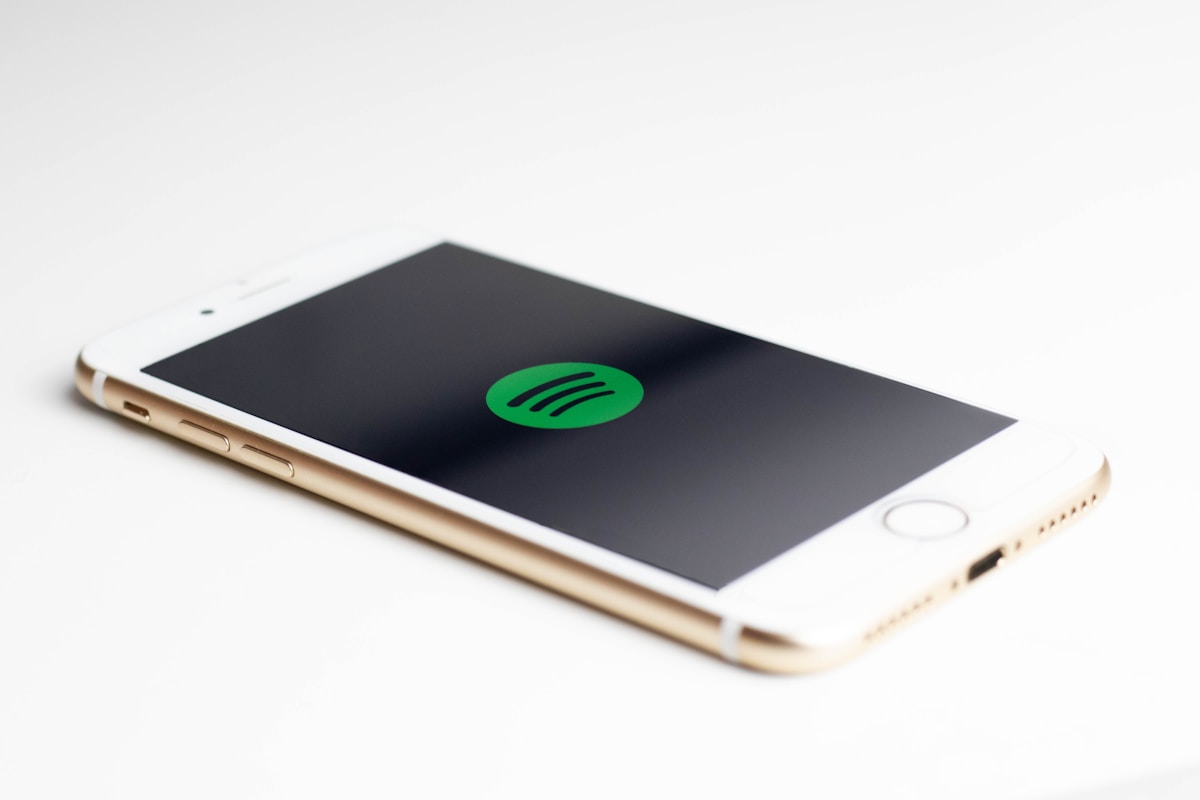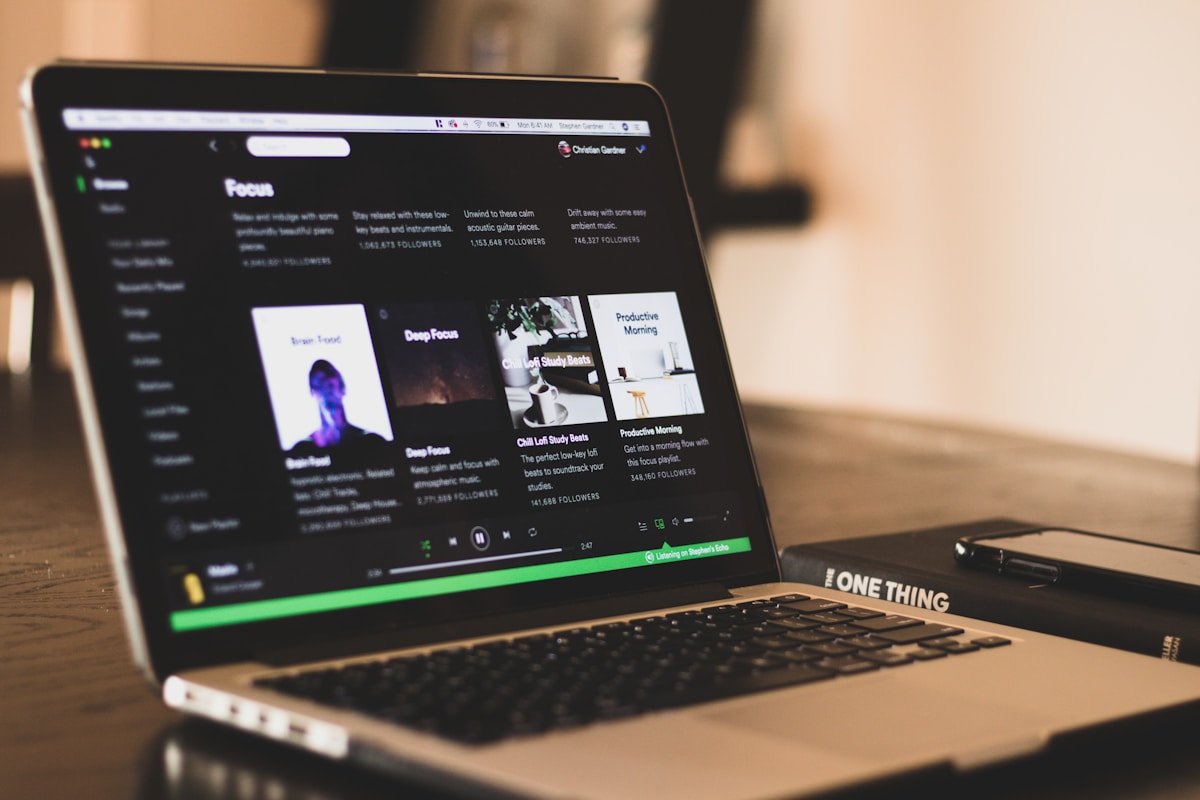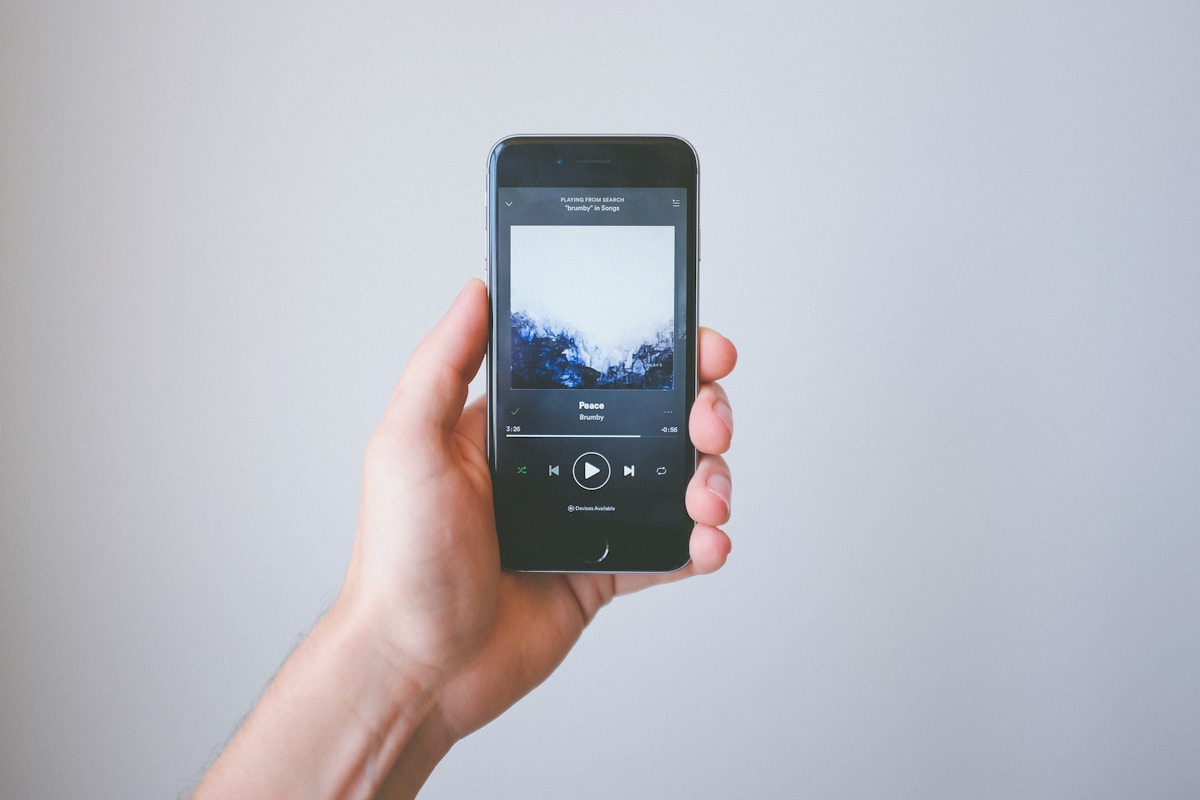When thinking of using social media platforms to promote your brand or business, you usually think of Facebook or Instagram first. But what if there was another way to connect with your audience on an emotional level, a platform that allowed you to engage with your community even when they’re working, commuting, at home, or spending time with friends.
As traditional advertising is becoming less engaging for consumers, curated content has become a way for brands and organizations to break through their indifference. And what better way to connect with your followers than with music?
Convinced you want to start leveraging Spotify’s potential to engage with your audience but not sure where to start? Here’s a step-by-step guide to help you get on the right track.
Step 1. Set up your account
This might sound obvious but the first step is to sign up for a Spotify account. Although a Premium account will unlock some cool features, a simple free account will do to start creating and sharing playlists.
When creating your account, you’ll notice that Spotify gives you a randomly generated username composed of a string of numbers. Fear not, you’ll be able to change your display name to your brand/company name by editing your profile later.

On the desktop Spotify app, you’ll also be able to assign a profile picture. You can, for instance, choose to upload your logo to ensure your audience can find you easily.
Step 2. Define a branded playlist strategy
Before jumping into creating playlists, it’s a good idea to take some time to think about a playlist strategy. When it comes to branded playlists, there are plenty of avenues you can take.
Defining the type of playlists you want to share, the number of songs in each playlist, the playlist titles, the type of cover art and the frequency of updates are all aspects that should be thought-through. It’s important that the type of playlists you create is aligned with your brand. For instance, a gym or active wear brand might choose to create a playlist to work out, while a car maker might opt to offer the ultimate road trip playlists.

Here are some of the most common playlist types:
- In-Location Playlists
- Seasonal Playlists
- Theme-Based Playlists
- Genre-Based Playlists
- New Releases Playlists
Step 3. Curate branded playlists
Now that you’ve established a playlist strategy, it’s time to start compiling songs into playlists. Here, Spotify is your friend as it will make the music research process so much easier.
While you don’t want to copy other playlists, it’s perfectly fine to dig through existing playlists to find songs to add to your own playlists. One thing to keep in mind is that your playlists will be competing against 4 Billion other playlists on the platform.
Spotify recommends that brands and organisations avoid including several songs from the same artist in their playlists, as it might suggest that this artist is somehow affiliated with the brand. They also suggest your playlist should contain at least 20 songs.
Step 4. Design playlist cover art
You’ve defined a playlist strategy, compiled music, chosen titles and written descriptions for your playlists, now it’s time to design a cover image for them. Just like a music album, Spotify offers the choice to add a cover image to your playlists. It’s a good opportunity to choose a visual that evokes the music found in the playlist. You can also include the title of the playlist and don’t forget your logo.

Step 5. Share your playlists across your social media channels
Congratulations! You’ve almost completed your Spotify playlist strategy. Now it’s time to let your community know about your new playlists. Obvious channels to share your playlists are your website, Instagram, Facebook and Twitter. Spotify even includes integrated ways to share your playlists on these platforms. Pro tip: When sharing a playlist from the mobile app, Spotify allows you to share it directly to your Instagram stories, which lets the user access it with a single click from within your story.

Step 6. Update your playlists or create new ones
Now that you’ve launched your Spotify account, shared your playlists and garnered some followers, it’s not time to drop the ball. Indeed, it’s good practice to either periodically update your playlists with new songs (as well as removing old ones) or to create brand new playlists to add to your collection. That way, you’ll keep your followers interested and engaged.

